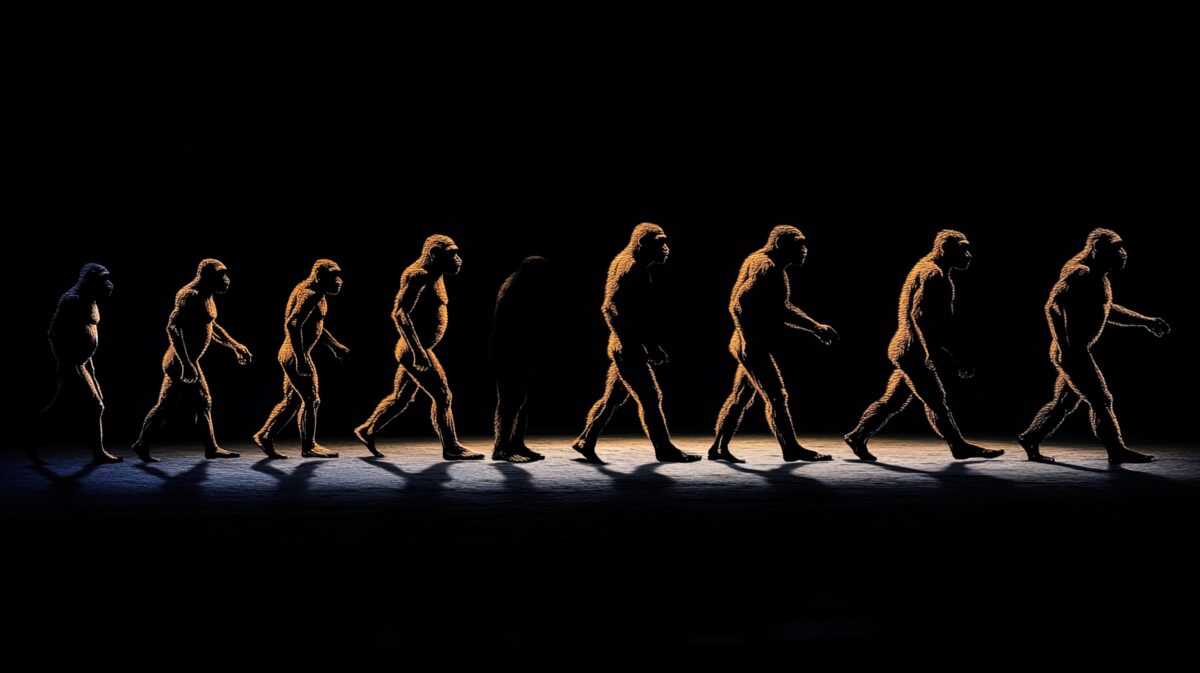Lacking a Middle-Ground, the Swiss Devolve into Evolutionary Dogmatism
This past summer I backpacked with some friends through Switzerland, and spent a few days in the beautiful Swiss capital city of Bern. Bern is a city of extremes: extreme beauty (see a photo I took on a bridge over the River Aare at left), extreme night-club partying, and extremely empty museum-like churches. I had a great time in Bern–my favorite event was crashing a party with a Bluegrass band playing at a corporate party along the Aare. But Bern could use some moderation, especially when it comes to the teaching of evolution. According to an article in Swiss Info, Bern school officials are facing a choice between teaching evolution dogmatically or including young earth creationism in the curriculum. Since Read More ›






































